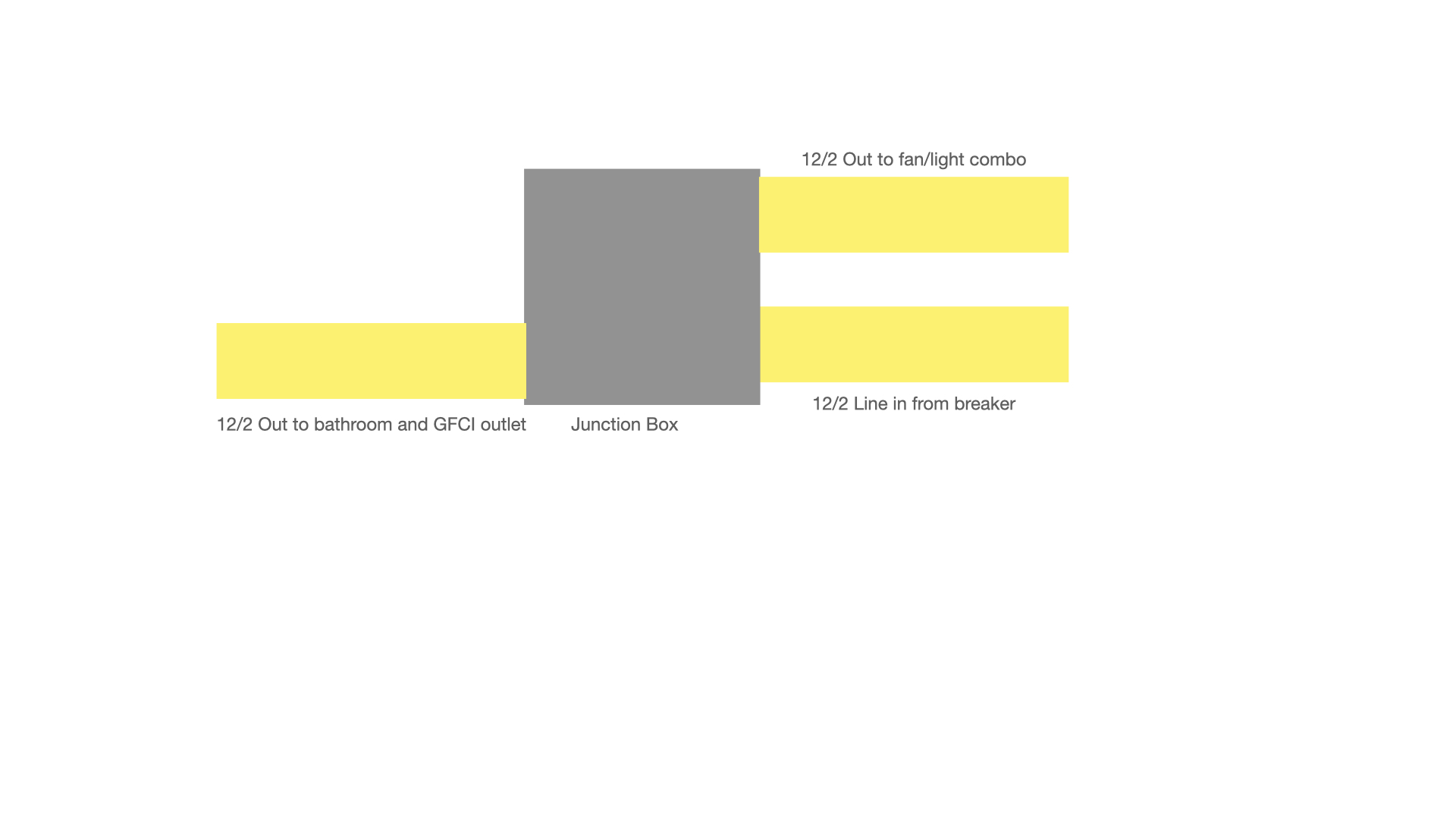I am working on rewiring my old house. All of the second-floor lights, switches, and outlets are on a single circuit from the breaker. I recently installed ceiling fans in the bedrooms with wall switches on this circuit. In the bathroom on the same floor, there's a ground-fault circuit interrupter (GFCI) outlet, which sometimes trips when I turn off a ceiling fan (any of the three fans) using a wall switch in a bedroom (any of the three bedrooms). I recently asked a question about this on the Home Improvement StackExchange site, but my question there was mainly about whether this issue might be caused by a mistake I made in my wiring. I think I've learned that, no, this is not due to a wiring mistake, but rather it is somehow due to the inductive load of the ceiling fan motors, and this phenomenon is apparently referred to as a "nuisance trip" in the home repair/wiring community.
My question for the physics community is this: How, exactly, can switching off an inductive load in one part of a circuit cause a GFCI outlet to trip in another part of the same circuit? I've read that a GFCI outlet compares incoming current with outgoing current, and if there's a difference, it interprets that difference as being due to a ground fault and breaks the circuit. How is this happening when I switch off a fan somewhere else on the circuit? In other words, how is switching off the inductive load in one part of the circuit causing the GFCI to detect a non-zero net current through itself on a different branch of the same circuit? Or, to put it even more succinctly: What is the physics behind the "nuisance trips" in this particular case?
Potentially Useful Notes:
- To reiterate, all lights, fans, switches and outlets involved in this question are on the same circuit from the breaker.
- I have no load on the GFCI outlet, except for an LED night light plugged into it. (That is, no wires are connected to the load terminals of the outlet, so the outlet is not protecting the fans.)
- Hence, the fans don't lose power when the GFCI outlet trips.
- I know how inductors work (Faraday's Law, Lenz's Law, $\Delta V = -L\frac{dI}{dt}$, etc.). And I understand how switching off the load will cause a spark at the switch.
- I have included a couple of basic circuit diagrams, in case they are helpful. The first shows how the ceiling fan is wired to the circuit, and the second just shows the basic idea of how power is being distributed from the breaker to the fans and the GFCI outlet. (This diagram shows only one fan, but there are other junction boxes with power going to the other fans as well.)


